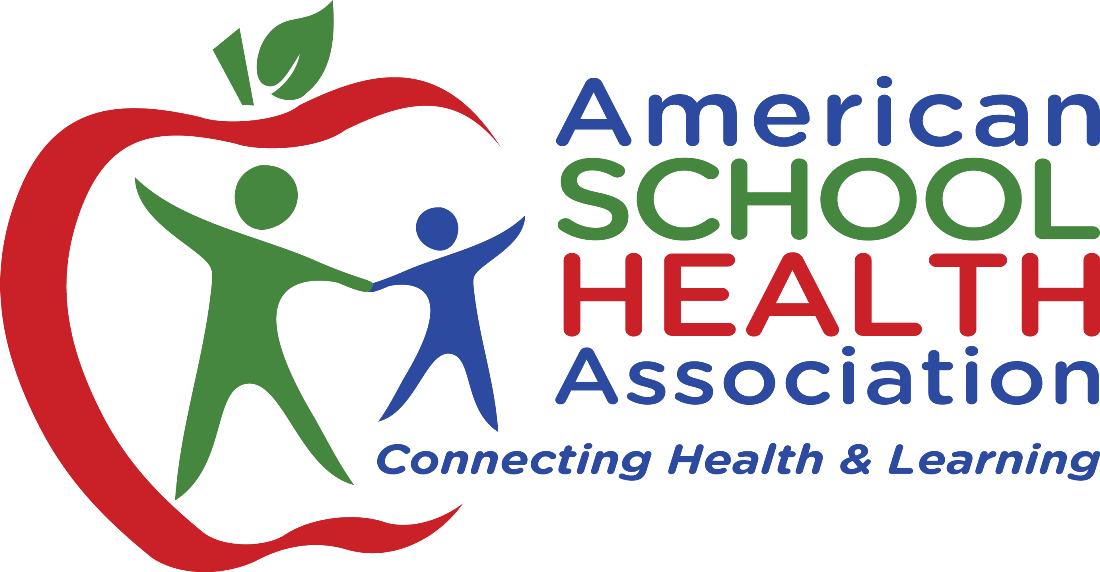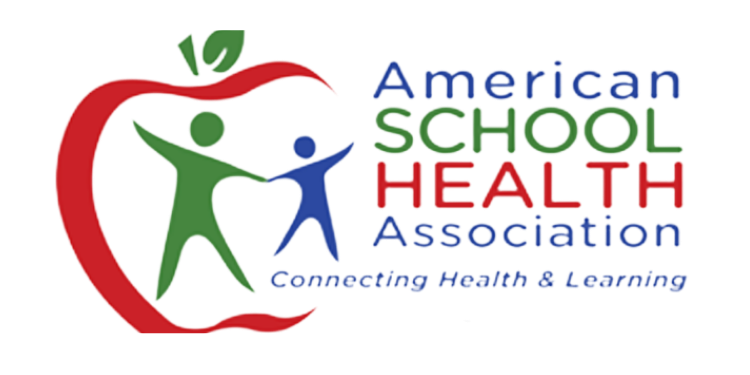Is There an App for That?
By Linda Morse, ASHA President
It is hard to imagine those lazy Sundays of my youth when dad would pile us into the Chevy and off we would go—no real destination in mind, just a nice, long drive to somewhere. There were fewer cars on the road and fewer roads to follow. Getting lost and finding our way was part of the fun! Despite not planning a specific route or destination, we always managed to find our way home.
In today’s world, would you be “lost” without your GPS device? In your sleep, do you hear that voice telling you to “turn left two hundred yards ahead?” On the golf course, do you measure the distance to the pin using GPS? Do you track the whereabouts of your children, pet, or spouse? Do you use an app to find a good restaurant, locate a parking spot, or find the cheapest gasoline? Most of us now depend on apps and GPS devices to plan our life. We wouldn’t think of starting a journey without planning a route, setting goals for the trip, and most importantly, knowing our final destination.
Unfortunately, no one has yet invented an app or GPS device to help non-profit organizations reach their goals. There is no clear roadmap to success. In today’s economy, many non-profits and professional membership organizations face seismic shifts in relevance and sustainability. Established organizations have been forced to reexamine their mission, vision, and values and in some cases, reinvent themselves in order to remain competitive.
In 1927, Dr. William A. Howe created the American Association of School Physicians to work cooperatively in the interest of school health. Dentists, school nurses, and health educators were invited to join the “team” and the organization became known as the American School Health Association (ASHA). In its heyday, ASHA had more than 8,300 members! It was a powerful force, fueled by the collective drive of its members and the spirit of Dr. Howe.
Today, the field is saturated with issue-driven organizations, coalitions, and alliances. These groups are identified by their “cause”—obesity prevention, green schools, bullying prevention—or by their profession—school nurses, school psychologists, health educators. ASHA is the only organization addressing a multi-disciplinary, collaborative approach to school health. In the current nonprofit landscape, this approach presents both challenges and opportunities.
ASHA is at a crossroads. It can become a more powerful force for action, engaging not only school health professionals but parents, school personnel, community leaders, and even students. To do this effectively, ASHA needs name recognition and branding that makes its purpose and message clear in an ever-crowded marketplace.
Why is this change necessary for ASHA right now?
- The updated Whole School, Whole Community, Whole Child (WSCC) model provides an opportunity to engage new audiences and partners in both health and education.
- During tough economic times, employers are less likely to pay membership dues, forcing school health professionals to make hard choices about the associations they join and support. Associations need to offer “perks” that are not available elsewhere.
- ASHA’s position as a multi-disciplinary organization is its strength; however, serving all school health professionals presents unique challenges to meet the needs of such a diverse membership.
- Professionals tend to align themselves with no more than 3 organizations, including one that is professionally specific (e.g. nursing, health educators).
- School health has become issue-driven. Organizations often focus on one aspect of school health despite the emergence of the Whole Child movement. ASHA has always been whole child-focused.
- Numerous organizations compete for the same dollars and members, frequently duplicating programs and services.
- Social media presence is critical to the success of any organization.
- Research shows that younger professionals do not see the need for professional organizations. They network online and accumulate continuing education hours from the comfort of their home.
- Budget cuts at every level have impacted attendance at national conferences. Employers are less likely to approve out-of-state travel unless it is required by funders.
We know our destination…To transform all schools into places where every student learns and thrives. Unfortunately, we don’t currently have an app to help us get there.
However, with renewed passion and persistence (think a recharged battery and turbo drive), ASHA can be a force for the future of school health. The WSCC model clearly calls for collaboration between health and education but it is only the beginning. ASHA can set the course but we need your help to get there.
What can you do to help ASHA become stronger, more influential, and sustainable? As we embark on this “road trip,” what suggestions do you have to keep us on course and help us reach our destination? What can you do to transform schools into places where every student learns and thrives? We want to hear from you!
And like those lazy Sunday drives of my youth, we will have fun (and certainly challenges) along the way but it is certainly worth the trip! Hop in, there is plenty of room.
Note: From October 9-12, school health leaders will convene in Portland, Oregon at Building Bridges. From Vision to Action: Supporting School Health. This is ASHA’s 88th annual school health conference and you can stay up-to-date by following the conference on Twitter with #SchoolHealth14.


